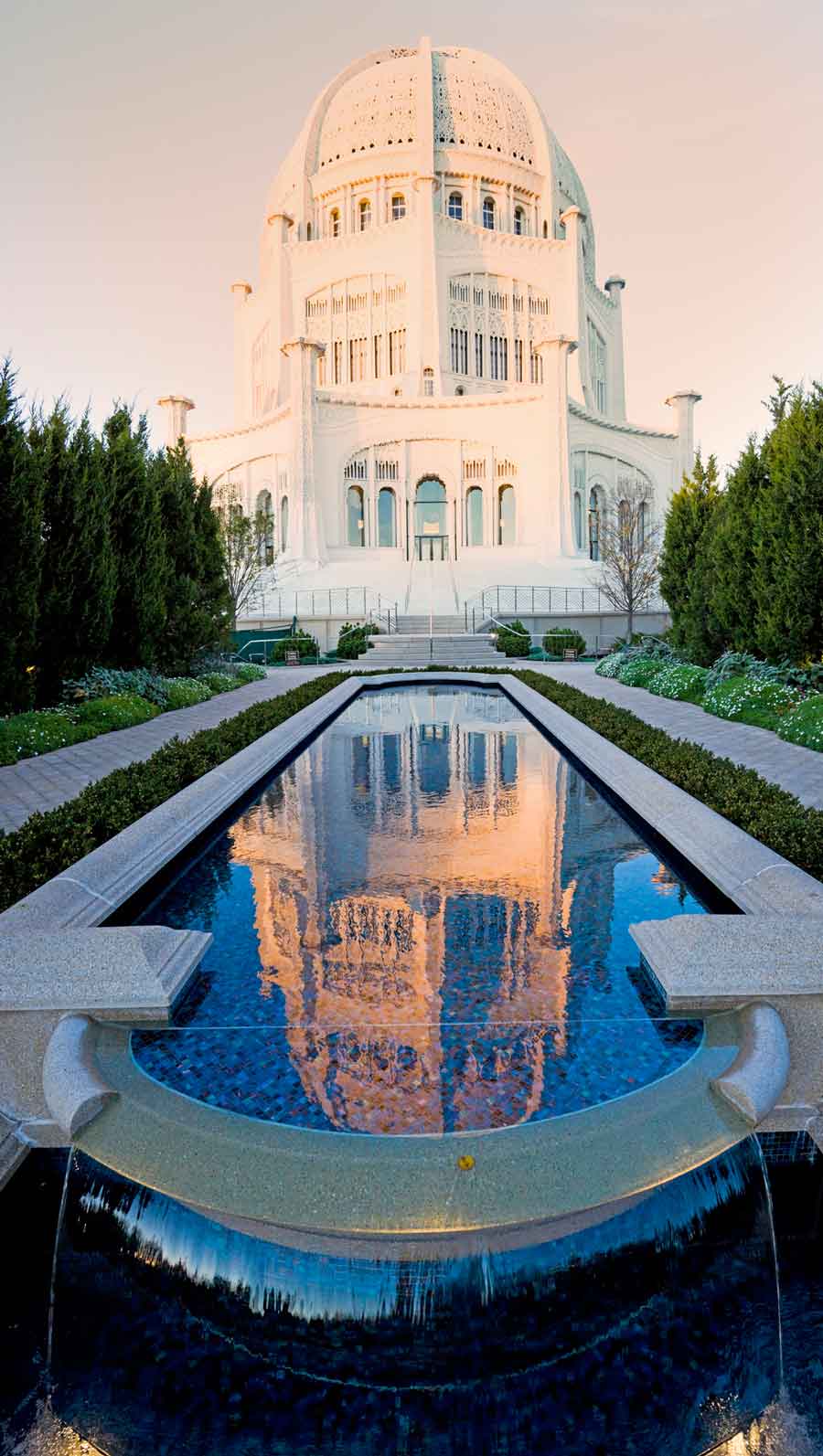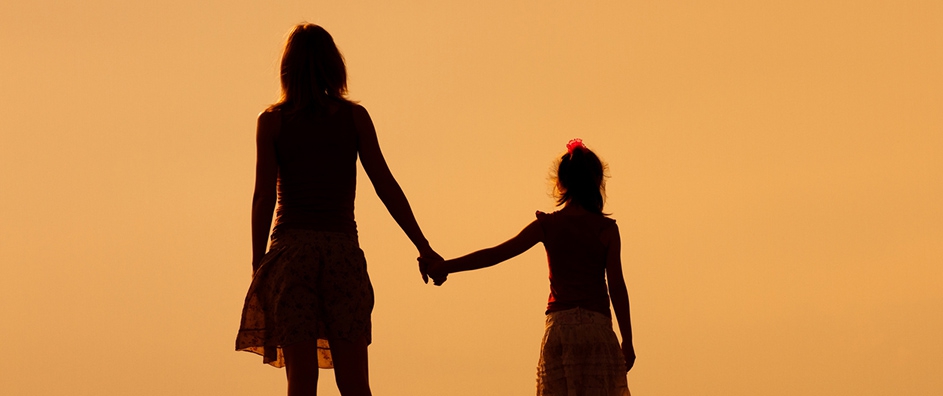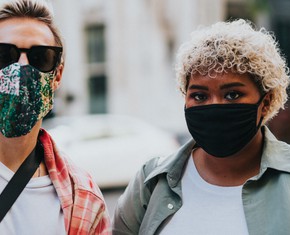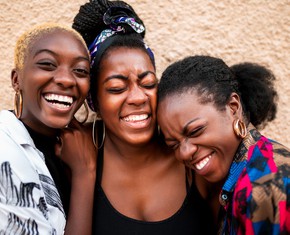The views expressed in our content reflect individual perspectives and do not represent the authoritative views of the Baha'i Faith.
I discovered that the chain of being was set in motion by Her footfalls… I was bewildered by the subtleties and wonders of Her creation… – Baha’u’llah, Tablet of the Maiden, provisional translation.

Baha’i House of Worship in Wilmette
Over 300 souls gather beneath my feet. I can’t see them, can’t even hear them. But I know they are there, in a room called Foundation Hall, underneath the Baha’i House of Worship near Chicago, also known to the Baha’is as “the Mother Temple of the West.”
So much energy is being generated by the breath and pulse of these people, coming from all over Chicago and the Midwest. The color of their faces is bronze-ebony-cream-gold. The room is rich and shimmering.
They are here to learn about racism and justice, about the oneness at the heart-center of all our divisions. Joy DeGruy has come to educate us about slave trauma, pain, and memory passed down the generations—to us.
I leave the gathering early, to circle the gardens and pray. I had to step outside, to breathe and reconnect with the earth, to pray and offer praise that healing is happening, underground, where people of all races sit together, listening to a woman speak.
This is how Joy began:
“Our first known foremother is Lucy. Scientists named her Lucy. But her own people call her Dinquinesh, which means Thou Art Wonderful.”
I gasped. My hands balled into fists. Eyes shut. Heart hammering.
How can this be? How can this BE?
How can Joy be speaking of Lucy, the Australopithecus woman unearthed in Ethiopia in the 1970s?
You see, when my mother was pregnant with me, she had a dream.
Dinquinesh-Lucy, Grandmother to us all, came to her, and took her on a journey through space and time…
Don’t be afraid, daughter,
I won’t hurt you.
I want to show you
the beauty,
the blood you come from.
In her dream Lucy flew my mother back in time, to the caves, where women cradled their infants, inventing language, singing the first lullabies. These cave-mothers shielded their children from hot fires and angry men. They crouched in dark corners, watchful, vigilant.
Lucy flew my mother over fields and pastures. They saw women, bent low, babies on their backs or nestled in the earth, for protection.
They flew over villages, the first cities. They watched women cooking, washing. Women guarding the hearth gods and the fires of great temples.
They witnessed women bleeding, birthing; women burned at the stake for being different; women bruised by the weight of rage.
They looked in at windows, where women lay sleepless, next to their husbands. In attics and basements, women dipped brushes into paint, creating new universes of color and sight.
After flying through the whole, hidden history of womankind, Lucy turned to my mother and handed the torch to her:
Take this bone
from my body.
Place it
in your child’s
body.
Learn this song
from my mother.
Breathe it
into your child’s
soul.
My mother passed away in 2010. Six years later, I am standing within her footsteps.
A week after Joy comes to the Temple and reminds me of my mother’s dream, I bump into Jerry, a stranger (to me) who remembers my mother – from a brief, chance encounter 41 years ago.
Jerry tells me that my mother visited the House of Worship in 1975, a year after she became a Baha’i in Australia.
She was a guide here for three days. She circled these gardens, she prayed in this Temple – years before I was born. I did not know this. She never told me. Until now.
We exist in an infinite spiral of spiritual and mitochondrial DNA. These strands of code – these threads of soul – pass, continuously, from mother to child, mother to child.
Within this code are letters we have barely begun to read, messages from the ancient past to the dawning future:
This is a letter from God… unto God, the Almighty, the Best Beloved. – The Bab
Nature has written the entire language of life using just four chemical letters: G, C, A and T. Did our genetic code settle on these four nucleotides for a reason? – Emily Singer
What do these letters mean?
If we could read the Book of Life and understand our deepest secrets, what would they tell us?
What pain do we hold, from long ago?
What grandeur did our ancestors drink in, standing alone, helpless, under the stars?
This is the songline,
my mother whispers.
This is the traceless path
of the holy ones,
the forgotten ones,
the ones who sing
to the dead at night
when no one is listening.
Stop killing yourself,
I hear you whisper.
Stop pretending you are dead
and start remembering.
What? I want to shout. What must I remember? What have we forgotten through millennia of internal and imposed violence? How can I recall, call upon, call aloud to That?
Child,
stop fighting
and start accepting:
You are opal, amber, ochre.
You are forest, desert, sea.
What I see in you
is unity.
What I see in you
is
you.
Outside, in the gardens, the Temple is a white mountain against blue-black skies.
I walk up the steps to the sanctuary. Inside the eye of the dome is a Name – in Arabic it reads Glorified is God, the Most Glorious.
A river flows from the dome, into the crown of my head, and out, through the soles of my feet.
Prayer flows through the floor tiles and down, onto the heads and shoulders of 300 souls gathered below.
I am alone and not-alone.
People are here, sitting in a room beneath me, though I cannot see them. Real people, human lives.
Ancestors, foremothers, you are here too, though I cannot see you.
Then, I remember what I once told my mother, when she was ill: “I was driving home today – and I saw your face everywhere. In the trees, in the flowers and sky. Just as I’m losing you, I find you everywhere.”
You May Also Like
Comments

















(Side note: I used the word 'begin' twice in the earlier post. The first time I wrote it, it came out "being", an anagram of "begin". Strange the amalgam of these two words, and how they are related in structure and in meaning. Hmmm, perhaps the germ of an essay resides here?)
Thank you......